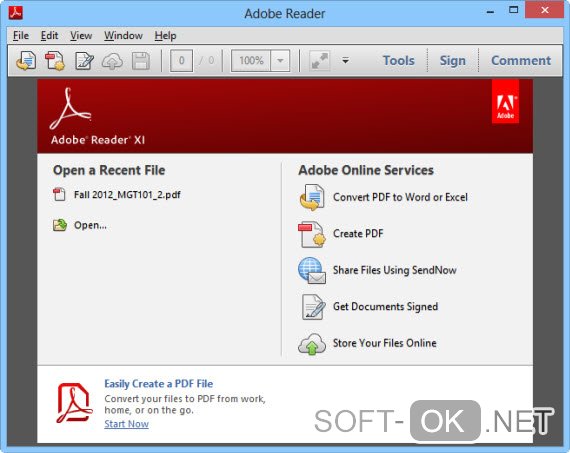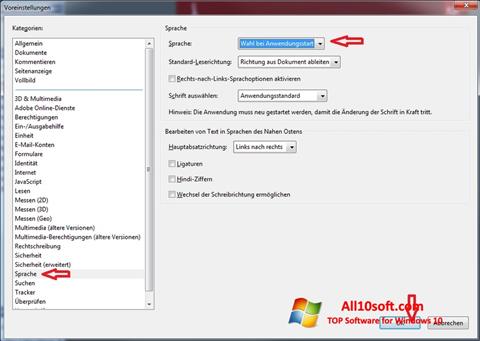


If you’re running Windows 2000, when you type in msconfig, you’ll get an error message saying that Windows could not find anything with that name! That is because Microsoft took out the msconfig feature from Windows 2000 (even though it was in Windows 98) and then after many complaints, put it back into Windows XP! In Windows 7 and earlier, you uncheck the box that is at the far left of each entry in the list. In Windows 10, you have to select the item and then click the Disable button at the bottom right. This tab also includes information about the estimated impact the process has on the startup time. In Windows 10, the Startup tab in Task Manager is a great way to see how much time a startup process is taking up on your computer. In Windows 10, the msconfig command brings up the System Configuration utility, but the Startup section now appears in Task Manager. In Windows 7, you can just click on Start and type in msconfig. Click on Start and then Run, type in msconfig and click OK. You can manage your startup programs by opening the System Configuration Utility.

Usually, these programs don’t have any negative effects on your computer because you can load them manually when you need them. If you want to speed up your computer, disabling startup programs can be a great way to do it. This is fine for programs that you use often, but how many times a day do you open QuickTime or Adobe reader? I would rather be able to have a working computer sooner than have a program I use once a week load a second or two faster. However, all the major software writers like to load their software into memory immediately so that in case you use their program, it can load up quickly. If you occasionally use the program, it’s not a problem because when you do decide to use it, clicking on it will load it up.


 0 kommentar(er)
0 kommentar(er)
